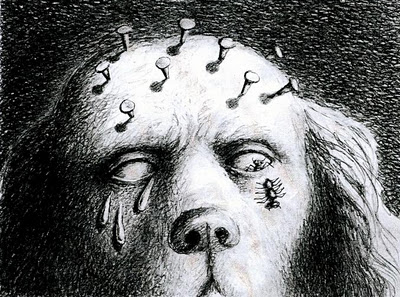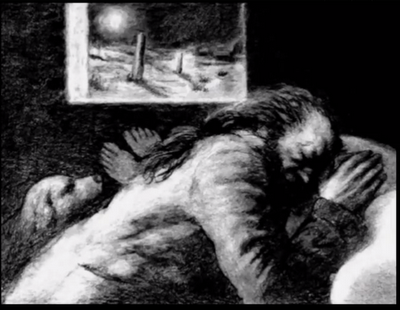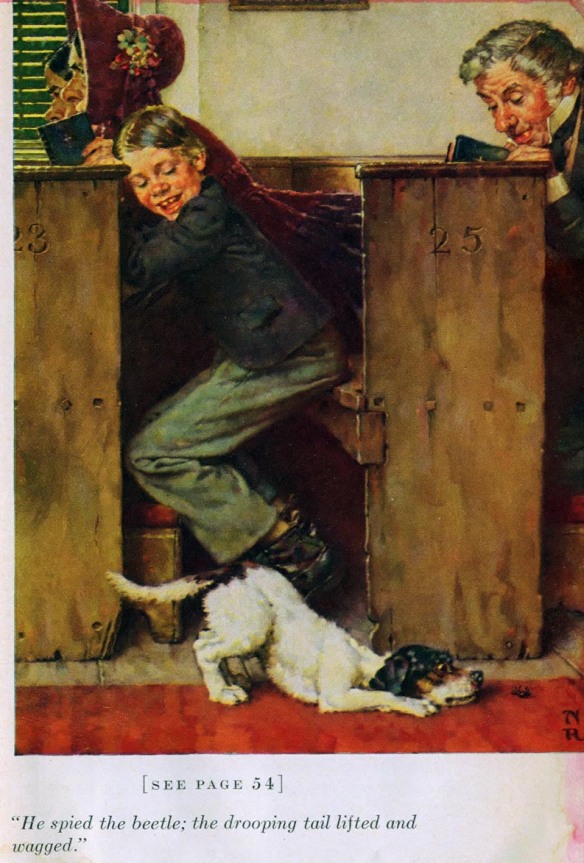Tweedledum and Tweedledee are fictional characters in an English nursery rhyme and in Lewis Carroll‘s Through the Looking-Glass, and What Alice Found There (1871). Their names may have originally come from an epigram written by poet John Byrom. The nursery rhyme has a Roud Folk Song Index number of 19800. The names have since become synonymous in western popular culture slang for any two people who look and act in identical ways, generally in a derogatory context.
Carroll, having introduced two fat little men named Tweedledum and Tweedledee, quotes the nursery rhyme, which the two brothers then go on to enact. They agree to have a battle, but never have one. When they see a monstrous black crow swooping down, they take to their heels. The Tweedle brothers never contradict each other, even when one of them, according to the rhyme, “agrees to have a battle”. Rather, they complement each other’s words. This fact has led Tenniel to assume that they are twins, and Martin Gardner goes so far as to claim that Carroll intended them to be enantiomorphs — three-dimensional mirror images. Evidence for these assumptions cannot be found in any of Lewis Carroll’s writings.
The words “Tweedle-dum and Tweedle-dee” make their first appearance in print in “one of the most celebrated and most frequently quoted (and sometimes misquoted) epigrams”, satirising the disagreements between George Frideric Händel and Giovanni Bononcini, written by John Byrom (1692–1763):
Some say, compar’d to Bononcini
That Mynheer Handel’s but a Ninny
Others aver, that he to Handel
Is scarcely fit to hold a Candle
Strange all this Difference should be’
Twixt Tweedle-dum and Tweedle-dee!
Although Byrom is clearly the author of the epigram, the last two lines have also been attributed to Jonathan Swift and Alexander Pope. While the familiar form of the rhyme was not printed until around 1805, when it appeared in Original Ditties for the Nursery, it is possible that Byrom was drawing on an existing rhyme.
 Tweedle Dee and Tweedle Dum features as the opening song on Bob Dylan‘s 2001 album Love and Theft.
Tweedle Dee and Tweedle Dum features as the opening song on Bob Dylan‘s 2001 album Love and Theft.
The track includes many references to parades in Mardi Gras in New Orleans, where participants are masked, and “determined to go all the way” of the parade route, in spite of being intoxicated. “It rolls in like a storm, drums galloping over the horizon into ear shot, guitar riffs slicing with terse dexterity while a tale about a pair of vagabonds unfolds,” writes Kot. “It ends in death, and sets the stage for an album populated by rogues, con men, outcasts, gamblers, gunfighters and desperados, many of them with nothing to lose, some of them out of their minds, all of them quintessentially American.
They’re the kind of twisted, instantly memorable characters one meets in John Ford‘s westerns, Jack Kerouac‘s road novels, but, most of all, in the blues and country songs of the 1920s, ’30s and ’40s. This is a tour of American music—jump blues, slow blues, rockabilly, Tin Pan Alley ballads, Country Swing—that evokes the sprawl, fatalism and subversive humor of Dylan’s sacred text, Harry Smith’s Anthology of American Folk Music, the pre-rock voicings of Hank Williams, Charley Patton and Johnnie Ray, among others, and the ultradry humor of Groucho Marx.





























































